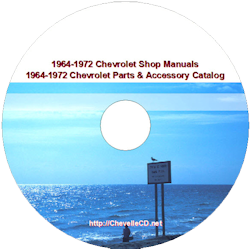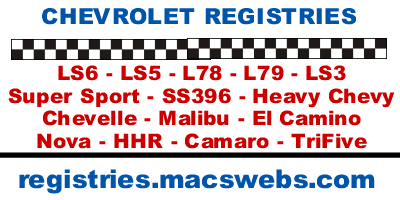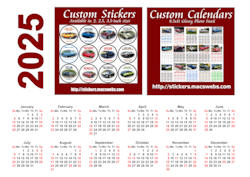
Documentation Section Links
BODY BROADCAST COPY
Build sheet
CANADIAN MALIBU SS
Dealer Name Plates
Dealer Paperwork
Vintage Vehicle Services
Owner Paperwork
Trim Sheets
Window Stickers
Production Calendar
*
Production Numbers *
FISHER BODY NUMBER PLATES *
PROTECT-O-PLATE WARRANTY CARD *
VIN PLATE *
* These sections are broken down by plant and, due to the number of
pages involved or duplication elsewhere, will not return to this menu.
You must click the Documentation menu link at the top of the page to
return here.
El Camino data are in the El Camino
section.
Documentation - Introduction
-
The Obscure Malibu SS of 1966/67 ~ Article highlighting the Canadian-built Chevelle Malibu SS of 1966/1967. Reprinted with permission of Cameron Milne and efforts of Don Lightfoot of the CanAm Chevelle Club.
-
Fisher Body Plate ~ The metal tag affixed to the firewall at the Fisher Body Division just to the left of the master brake cylinder as viewed from the front of the car; also known as a "trim tag", "cowl tag", or "firewall tag." Different assembly plants displayed different information on the body plate. Generally consistent were the body assembly date, model, series, paint code and interior trim code. Some plants also included various major accessories in groups and some included internal plant tracking codes that would match codes on broadcast sheets to identify major options. Some assembly plants only assembled Chevelles while others assembled other models of Chevrolets as well such as the Camaro, Chevy II, and full size Chevrolets.
-
Broadcast Copy, Build sheet - Window Sticker ~ Broadcast Copy sheets and/or build sheets were used by assembly line workers to determine what the finished vehicle was suppose to have installed; in essence a guide to assembling the vehicle with the proper parts. Many times assembly workers would simply stick their particular broadcast copy/build sheet somewhere in the car as opposed to putting them in the trash bins. If you are lucky, you can sometimes find these broadcast copy/build sheets in the front or rear seat springs, in the headliner, under the carpet, in door panels, and even glued to the inside of fenders. Two primary Broadcast Copy sheets were the Body Broadcast Copy and the Chassis Broadcast Copy. During final inspection, any known or loose copies of build paperwork found in the car were removed and trashed.
Window stickers were generally affixed to the driver's side rear quarter window and showed the base price of the vehicle, destination charge, dealer, and all options installed on the vehicle. The window sticker was attached at the assembly plant as the vehicle was completed, tested, and loaded on a truck or train for delivery to the dealer. Most new owners quickly removed the original window sticker and discarded them.
Bills Of Sale were delivered to the new owner at the time of sale showing the vehicle's final costs to the owner from the selling dealer. -
Protect-O-Plate ~ The Protect-O-Plate (P-O-P) was affixed back page of the owner's warranty book and was used to assist dealers when warranty or scheduled maintenance was performed. Looking like a small metal credit card, the P-O-P was reverse stamped and included such information as the VIN, engine identification number, transmission identification, rear end identification, trim color, and certain major options such as air conditioning, power steering/brakes, and radio. When the vehicle was sold to the original buyer, the buyer's name, address, and the date vehicle put into service were indicated with a plastic label.
-
Vehicle Identification Number (VIN) Plate ~ The VIN plate was affixed to the a-pillar on the driver's side and noted the series/model (e.g., 13617), the model year, the assembly plant, and the production sequence of that particular Chevelle at that plant. Interesting to note the different stamp fonts and even the way this information was stamped are found to vary from plant to plant. Some plants ran all 13 alpha-numeric characters together while some spaced the plant ID letter from the model/series/year and the production sequence number.
-
Dealer Name Plates ~ Often affixed to the rear of the car in a prominent location for viewing, these once popular dealer name script plates have all but disappeared in favor of less expensive Mylar-type stickers.
Need additional reference material?
 1967 Chevelle Factory Assembly Instruction Manual |
 1967 Chevrolet shop manuals and parts book |



